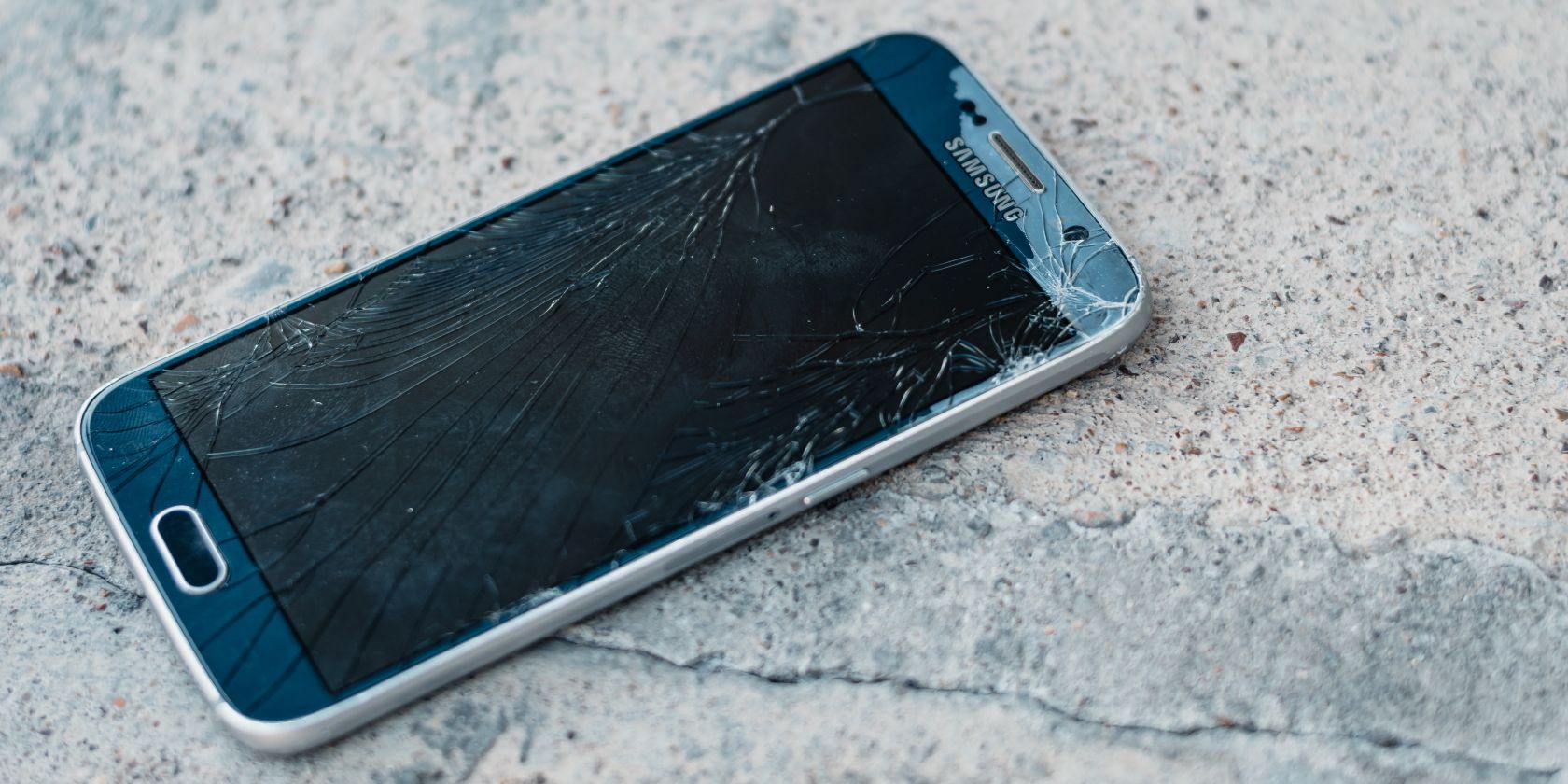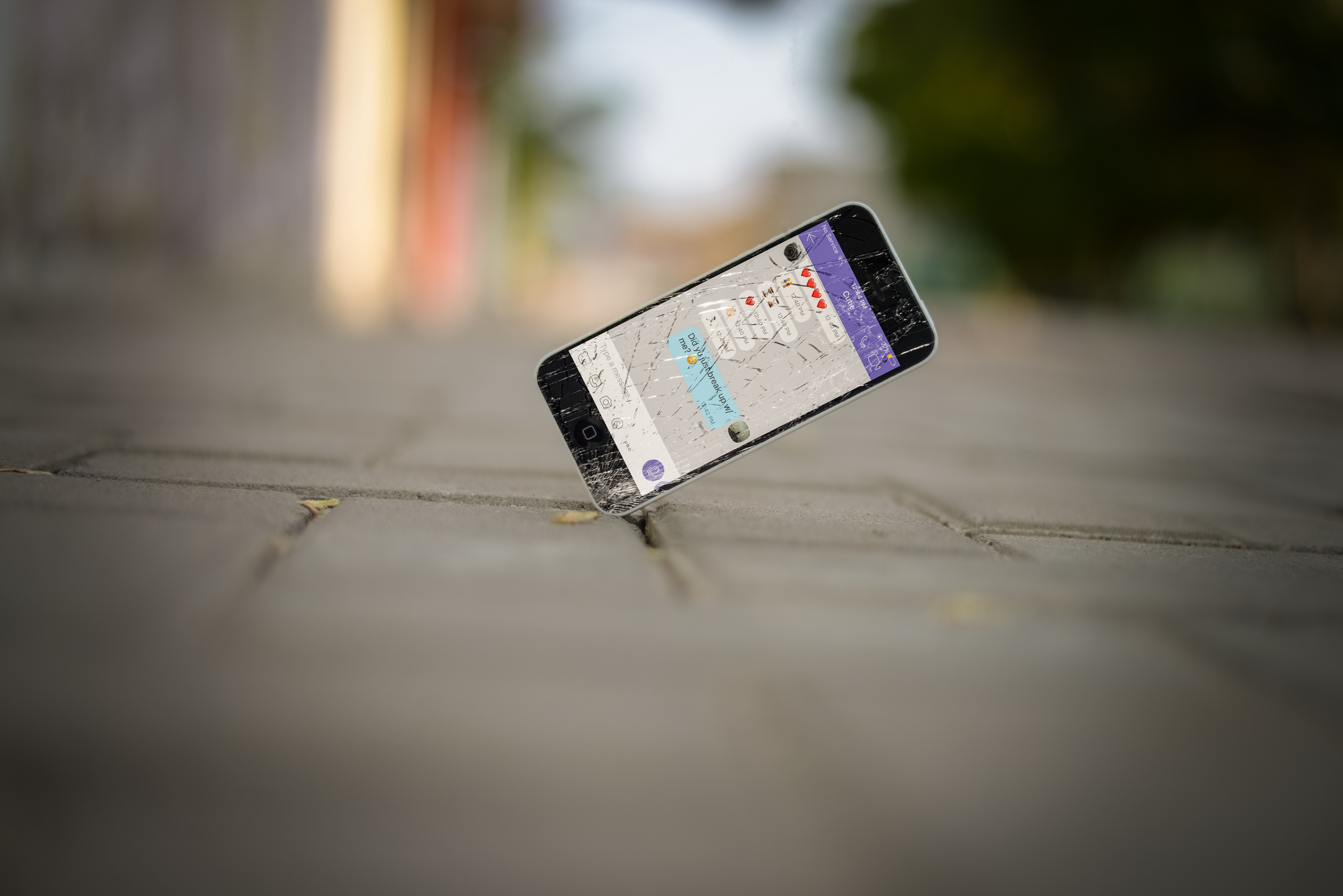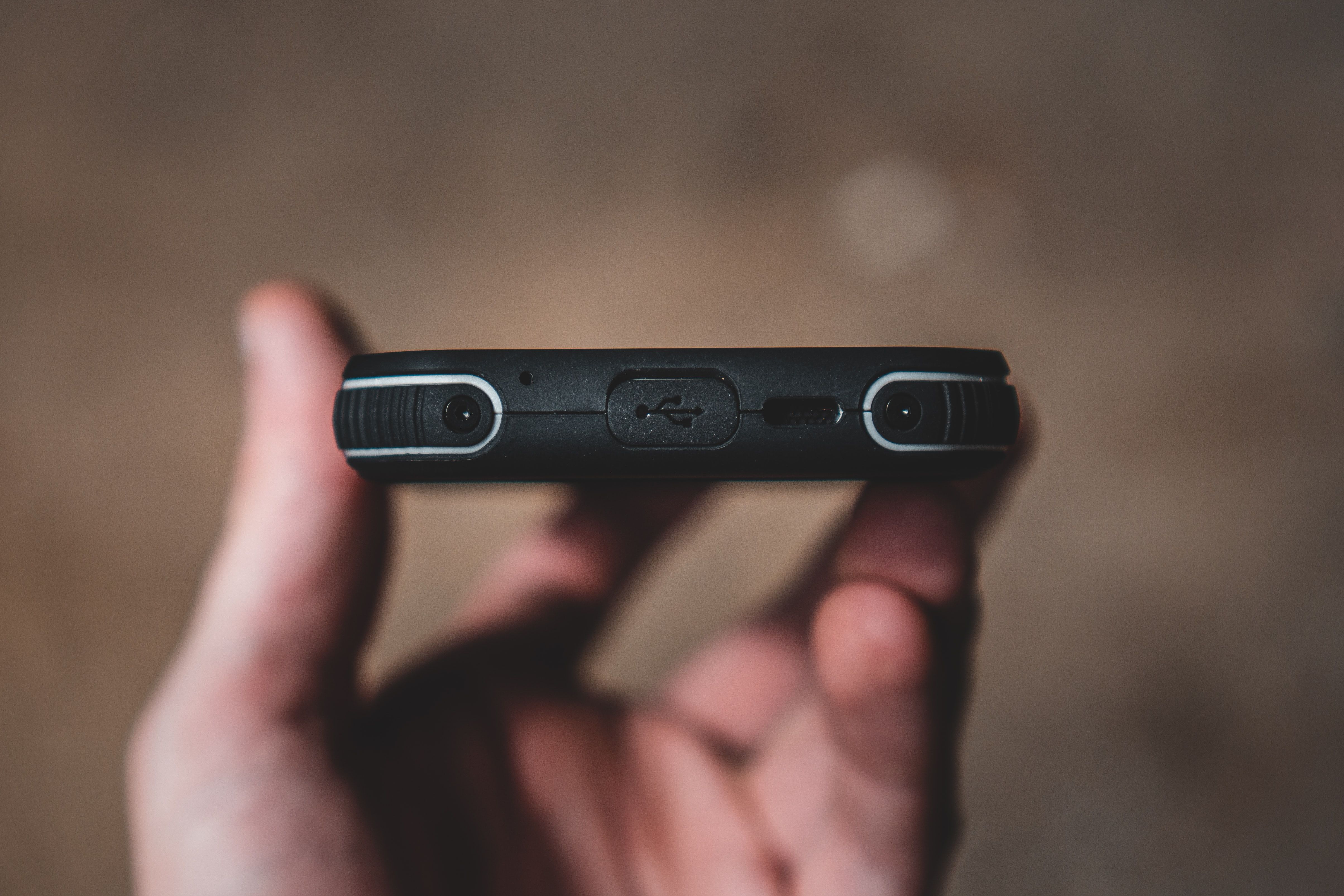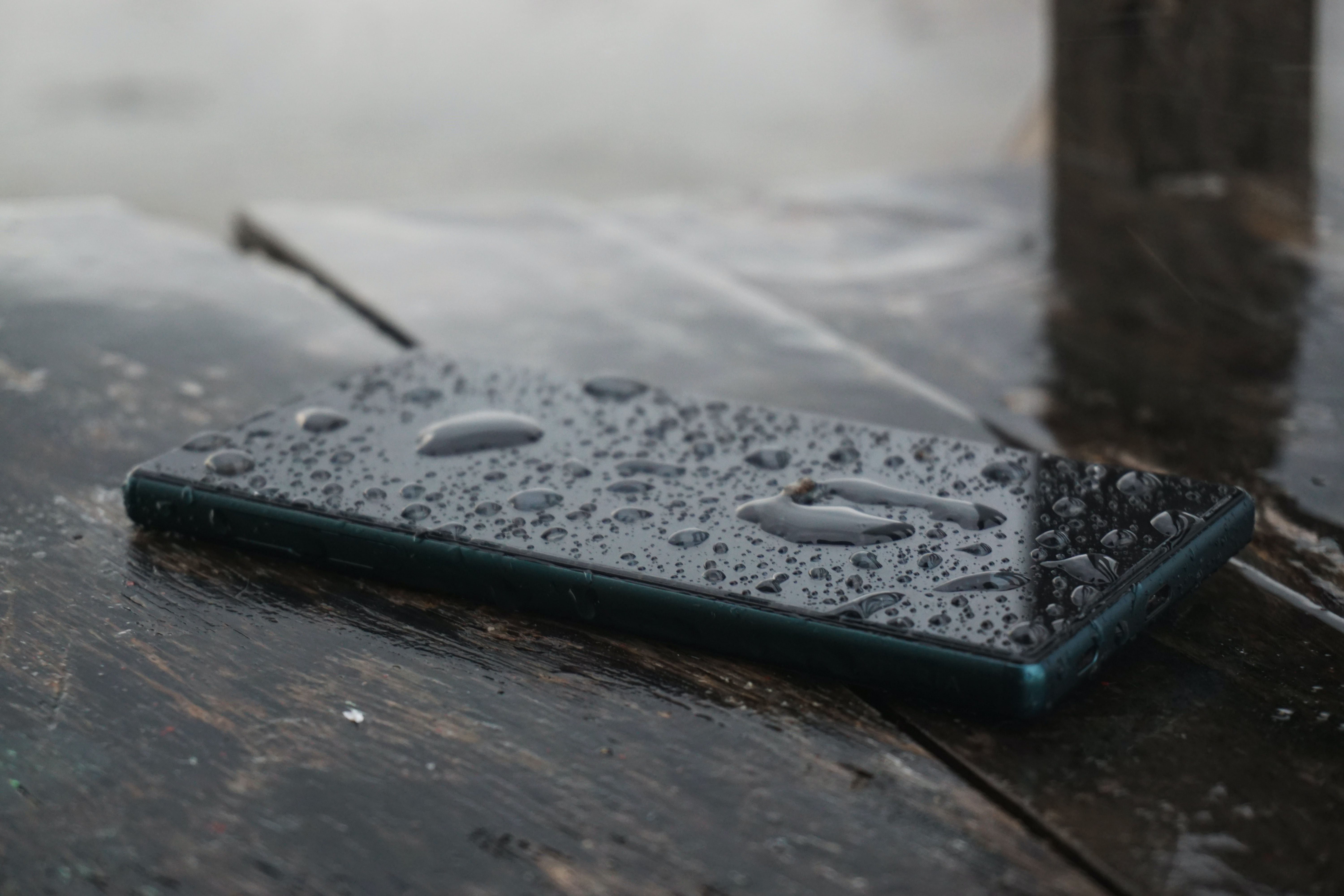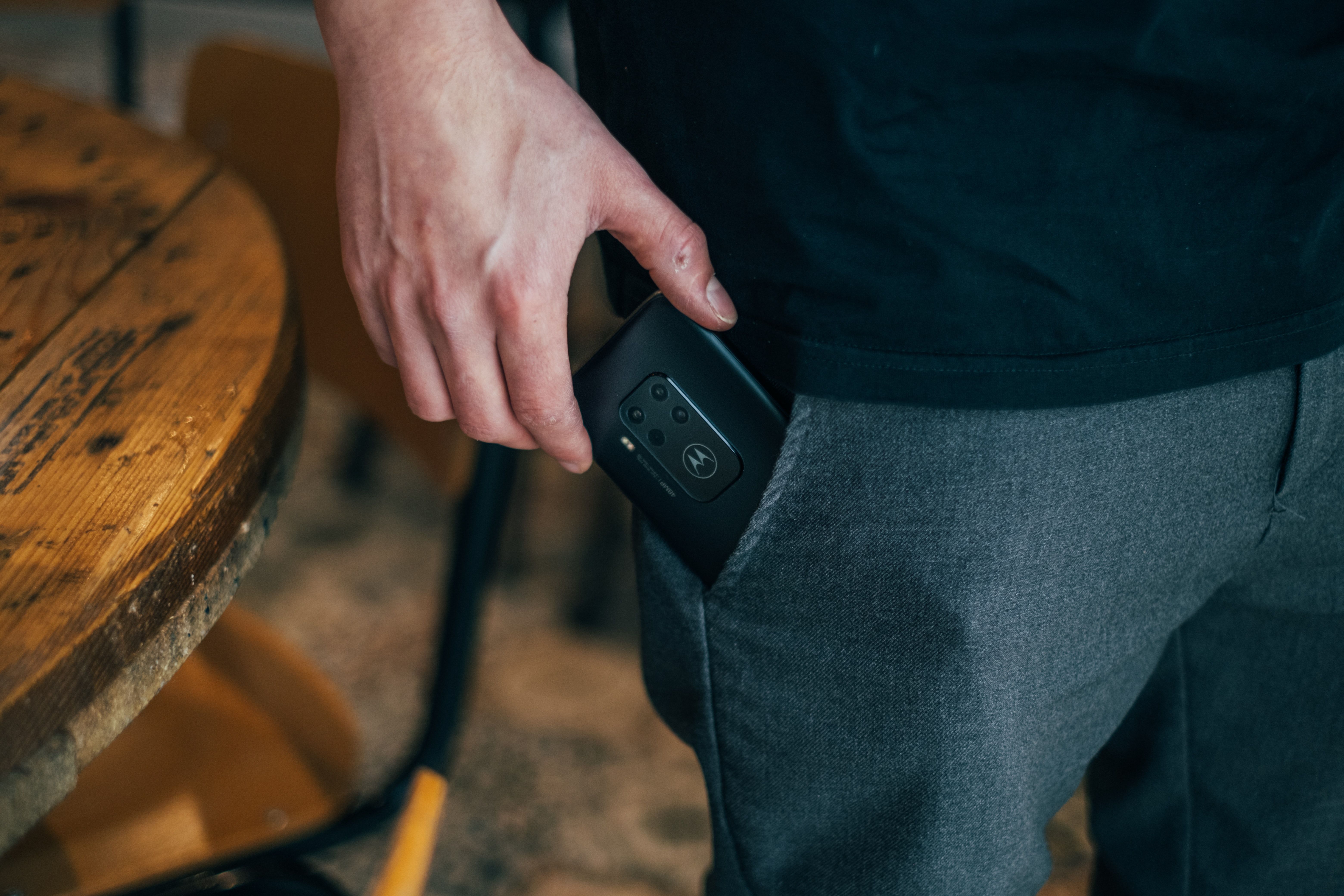Whether you're an outdoorsy type, someone who works around heavy machinery, or just clumsy, you need a phone that can take a beating.
To choose one, there's more than just a good case and screen protector to consider. You should also look out for features of the phone's hardware that will give it an extra level of defence against the 3most common types of damage.
1. Protection from Cracks and Scratches
Cracks and scratches are the most common kind of damage to smartphones, and in many phones, a screen that's too badly damaged can mean the end of your whole device. Drop damage to the screen is even more likely on devices that feature waterfall displays (curved edges).
So, in addition to choosing a good screen protector, you might want to avoid that feature.
Most screens are made of tempered glass, but not all glass is the same. Some are reinforced with minerals or chemicals that make them even more resistant to cracking and snapping. It's also good to plan for a worst-case scenario and opt for a screen that's easier to repair or replace.
Another way to tell how tough a phone's screen is by researching its drop rating. This measures how far it can fall before it cracks. It's not part of the IP rating system (which measures water and dust resistance), so you might have to search for the drop rating on the internet.
The size of the frame also affects its resistance to bending. A thin phone is more likely to crack under the pressure of being accidentally sat on than a thick one is, so don't be afraid of extra bulk!
2. Protection from Water Damage
Water is the enemy of electronics, and your phone is no exception. Checking your phone in the rain, using it in high humidity, and of course, the dreaded tumble into the toilet bowl can all let water particles inside the case where they can damage the hardware.
However, you want to aim higher if your phone will be exposed to rougher stuff like swimming, or environments with lots of particulate in the air. Aim for 7 in these cases. But not every phone has an IP rating, so it's good to understand the hardware behind these numbers.
One part of a phone that often suffers sub-par water protection is the speakers. In order to let sound through, speakers often have a mesh instead of a seal to keep water out. The mesh repels droplets but doesn't hold up as well when the phone is submerged.
A speaker with a smaller opening or one that sits under the screen will offer slightly poorer sound quality, but you can always use headphones instead, and the extra protection makes up for it.
In addition, your phone's audio and charging ports are usually sealed off from the rest of the components with rubber gaskets and adhesives. The bigger and beefier these are, the better. This won't be indicated on the box, so check out a source like Jerry Rig Everything to see the quality of the interior components.
3. Protecting the Audio Output
Most damage to audio jacks happens from dust and lint, often while it's in your pocket, and get pushed down when you plug your headphones in. Some of this debris is conductive and can mess with the electronics. The rest just makes it harder and harder for your headphones to stay connected.
The IP rating for dustproofing takes the jack into account, but capping the jack with a plug is a good extra step. Look for a phone that has cases available which offer this feature, or which leave room for a plug you can purchase separately. A standard 3.5 mm. audio jack will make this easier.
But the best solution is always to eliminate the problem entirely, so you might consider a phone that doesn't even have an audio jack. This feature is guaranteed on an iPhone but is also available from other providers. Airpods make some folks nervous, but adjusting to wireless headsets is simpler than you might think!
Consider a Rugged Phone
"Rugged" smartphones are built specifically with durability in mind.
Every series is different, but in general, you can expect a Rugged phone to feature a thick, all-around casing that fully protects the interior from damage by water, dust, impact, and even vibration, which can dislodge components.
Many feature wireless charging and protection for speakers and audio jacks, and tempered Gorilla Glass leads screen manufacturing in these phones as well.
Ulefone Armor is the world's most popular rugged phone series right now, with a beefy chipset, battery for days, and enough storage and RAM power to dispel the myth that rugged phones are dumbphones, but there's plenty of competition!
Doogee Phones combine a tough exterior with a beefy processor but is still one of the lightest and thinnest rugged phones out there. On top of that, it delivers a comparable experience to market leaders while charging a fraction of the price.
You don't want to break the bank on a phone if you don't have to, but in standard smartphones, the price cut often means a drop in power, durability, or both. Not so with Doogee.
More established players include Blackview and Cat. In our review of the latest Blackview BV63000, a brand that made its name on waterproofing and thermal imaging, we found it lagged behind the others in terms of power.
On reviewing the Cat S42, we found the rugged smartphone keeping up with mainstream flagships in terms of power and speed without sacrificing the toughness that defines the brand.
Switching to a rugged phone line doesn't have to mean giving up your phone's looks or smarts, so consider checking one out!
Main Features to Consider
In addition to protecting against cracks and scratches, it's important to make sure the interior of your phone is properly sealed.
The audio jack and charging port, and speakers are the most vulnerable places for water or dust to find a way inside and must be protected. You might have to engage in some give-and-take to find all-around protection in a mainstream smartphone, and will certainly need to supplement your choice with a strong case and screen protector.
If you'd rather have a phone that needs fewer extras, you should consider switching to a rugged smartphone. Several options are available, and which is best for you depends on the specific conditions your phone is likely to face. Decide which features matter most to you and look for a brand that emphasizes them.
Of course, you want the result of all that beefy hardware to pay off in the phone's performance, as well, so make sure to also examine specs that indicate processing power, battery life, and more.

